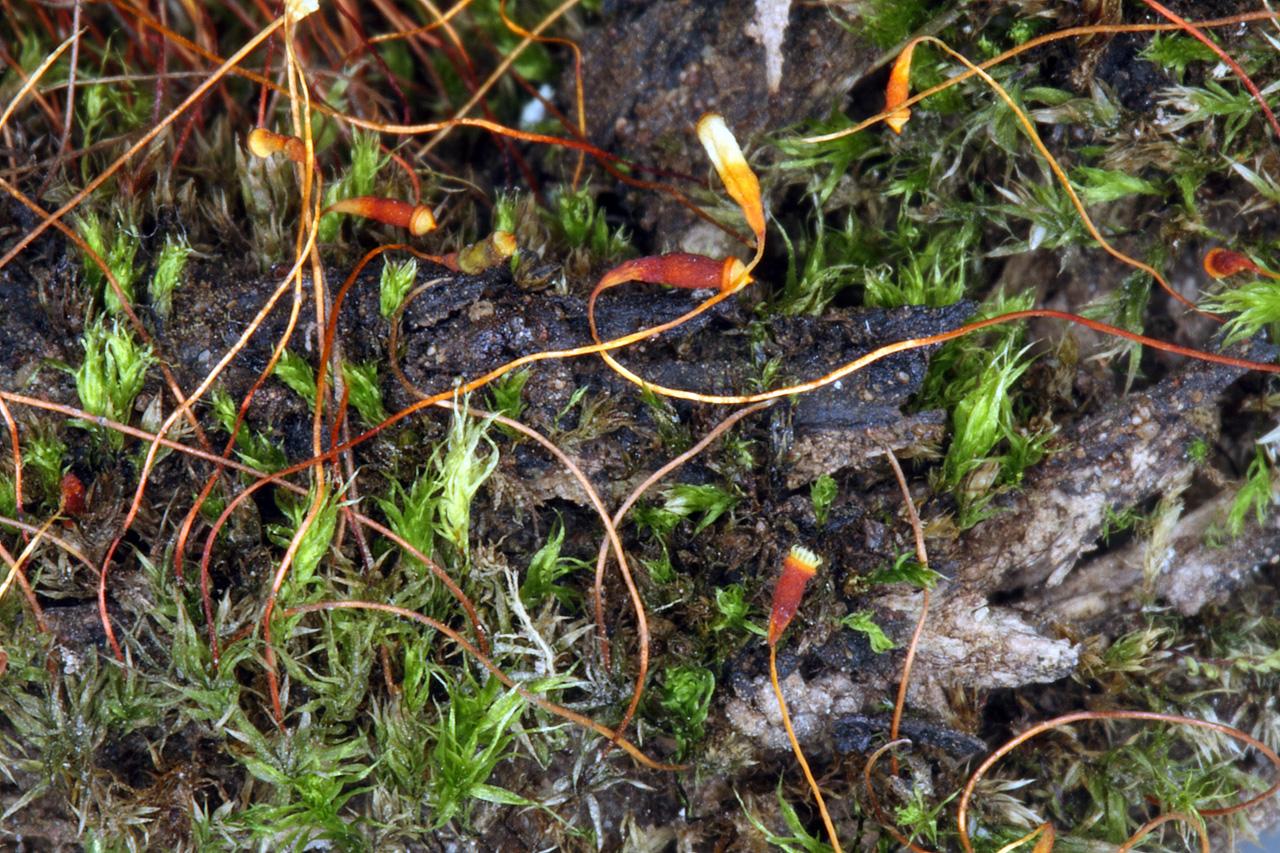
p_nutans.jpg from: https://www.wnmu.edu/academic/nspages/gilaflora/pohlia_nutans.html
Introduction
In the vast and captivating world of bryophytes, one particular moss species stands out for its unique characteristics and ecological significance – the Pohlia nutans subsp. schimperi (Müll.Hal.) Nyholm. Belonging to the Mniaceae family, this unassuming yet remarkable moss is commonly referred to as Pohlia. Despite its diminutive stature, it plays a crucial role in various ecosystems, making it a subject of great interest for enthusiasts and researchers alike.
Background
Before delving into the intricacies of this fascinating moss, it’s essential to understand the broader context in which it thrives.

Pohlia_nutans-shoots.jpg from: http://blogs.ubc.ca/biology321/?page_id=4870
Bryophytes, a group that includes mosses, liverworts, and hornworts, are among the oldest and most primitive land plants on Earth. These resilient organisms have adapted to survive in a wide range of environments, from the harshest deserts to the lush rainforests.
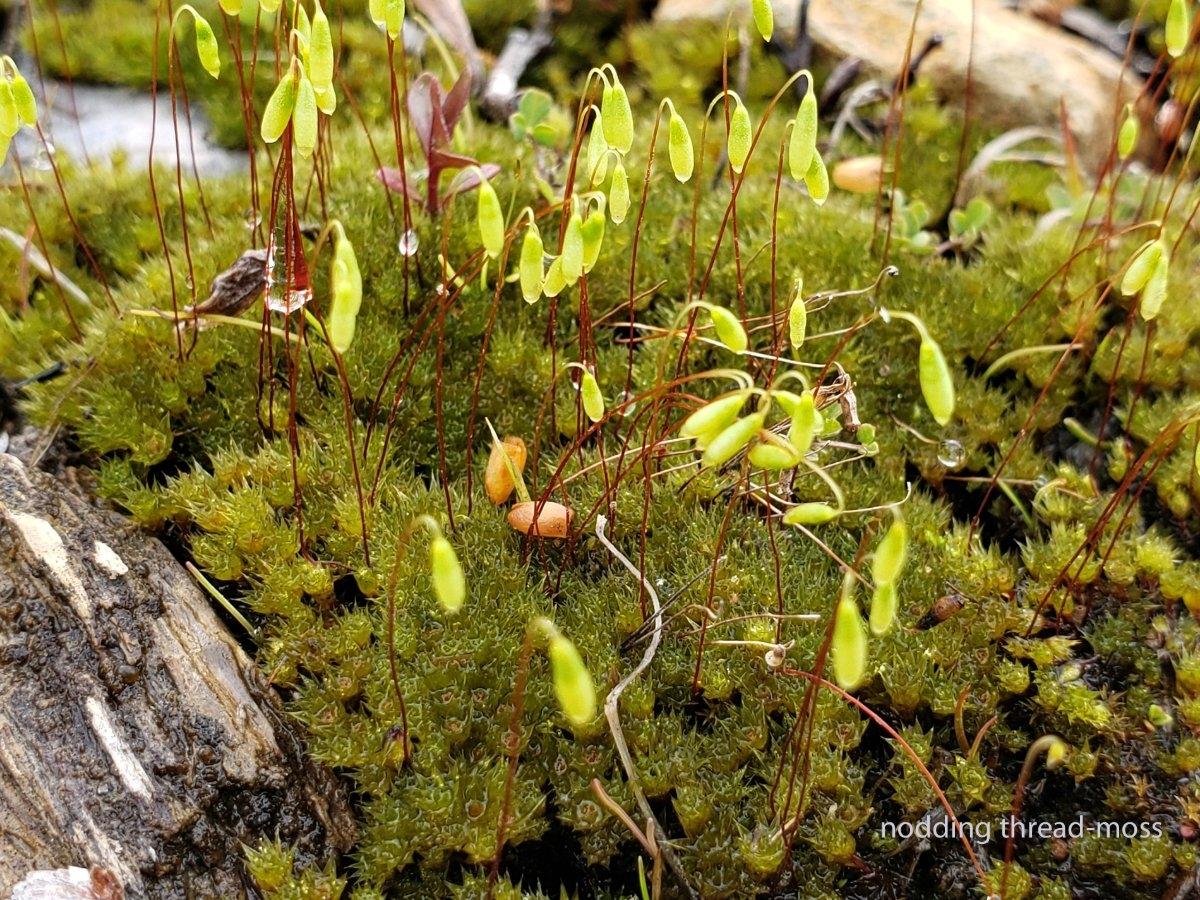
39901.jpg from: https://www.calflora.org/app/taxon?crn=14078
Main Content
Morphology and Identification
The Pohlia nutans subsp. schimperi (Müll.Hal.) Nyholm is a small, acrocarpous moss that forms dense tufts or cushions. Its slender stems can reach up to 5 centimeters in height, and its leaves are narrowly lanceolate, with a distinctive midrib that extends beyond the leaf apex. One of the key identifying features of this moss is its
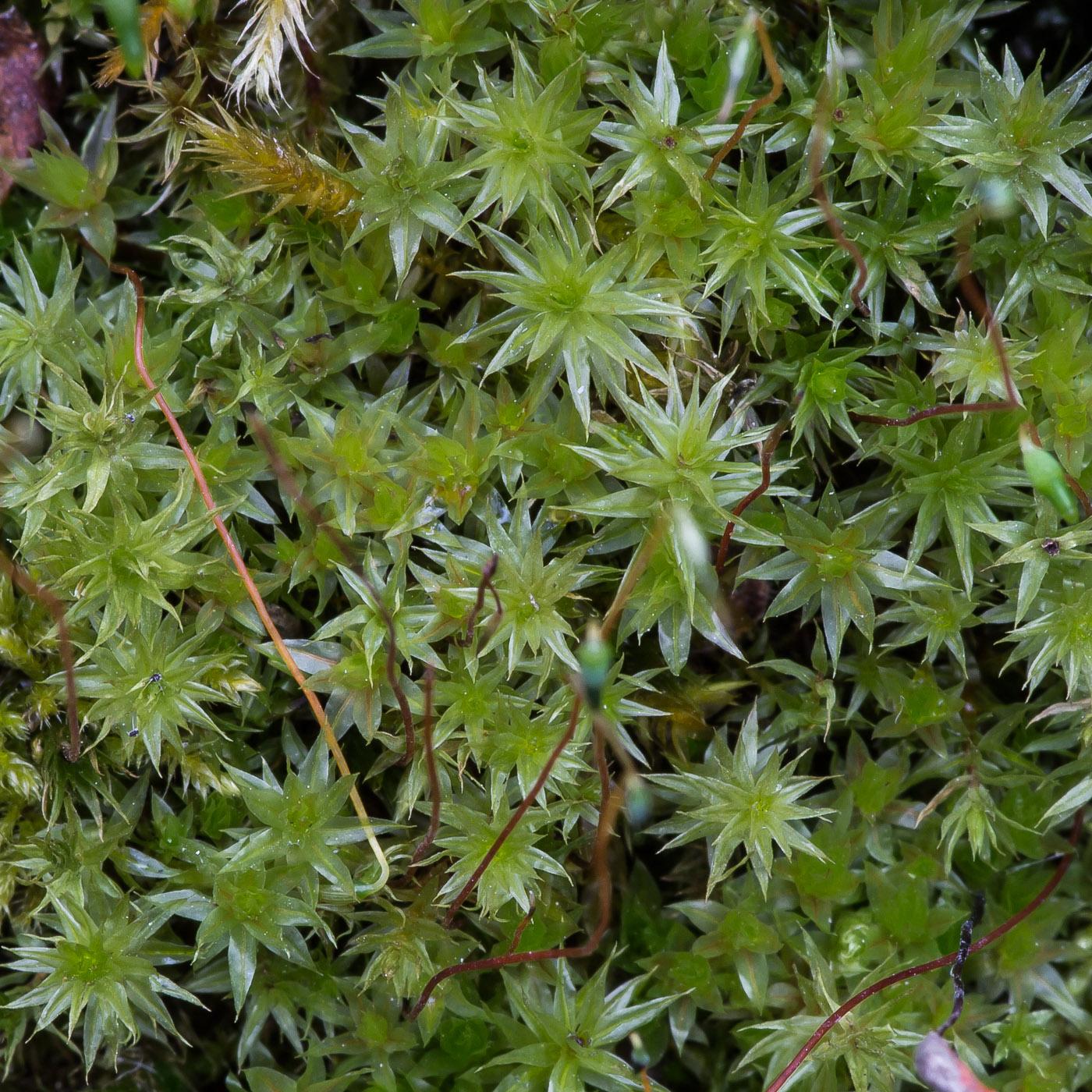
541829_f2b0f8cb.jpg from: https://www.plantarium.ru/page/image/id/541829.html
capsule, which is cylindrical and slightly curved, often with a reddish tinge.
Global Distribution and Habitat
This remarkable moss species has a widespread distribution, occurring on various continents, including Europe, Asia, Africa, and North America. It thrives in a diverse range of habitats, from moist and shaded areas to exposed rock surfaces and disturbed soils. Pohlia nutans subsp. schimperi (Müll.Hal.) Nyholm
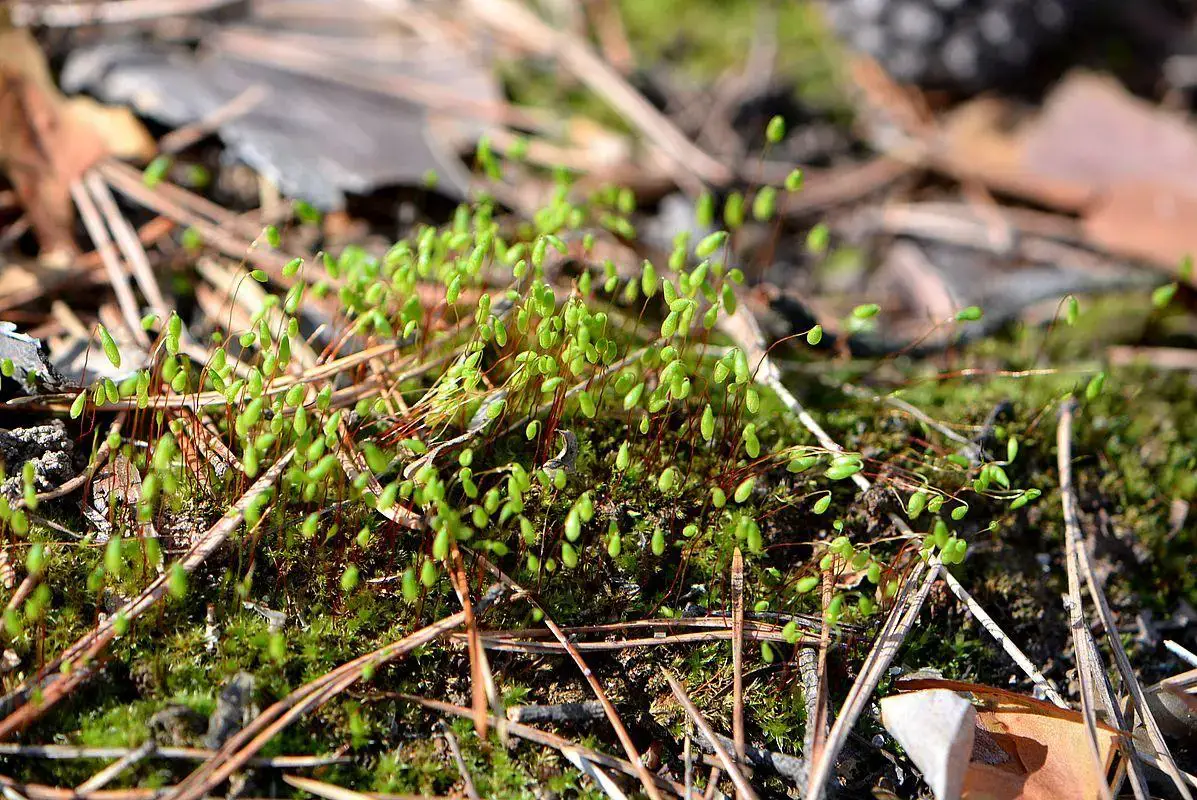
695367_6e9d9e18.jpg from: https://www.plantarium.ru/page/image/id/695367.html
is particularly well-adapted to colonize recently disturbed or burned areas, making it a pioneer species in ecological succession.
Ecological Roles and Adaptations
Despite its unassuming appearance, Pohlia nutans subsp. schimperi (Müll.Hal.) Nyholm plays a vital role in its ecosystem. As a pioneer species, it helps stabilize and enrich soils, paving the way for other plants to establish themselves. Additionally, this moss serves as a microhabitat for various invertebrates, providing shelter and food sources.
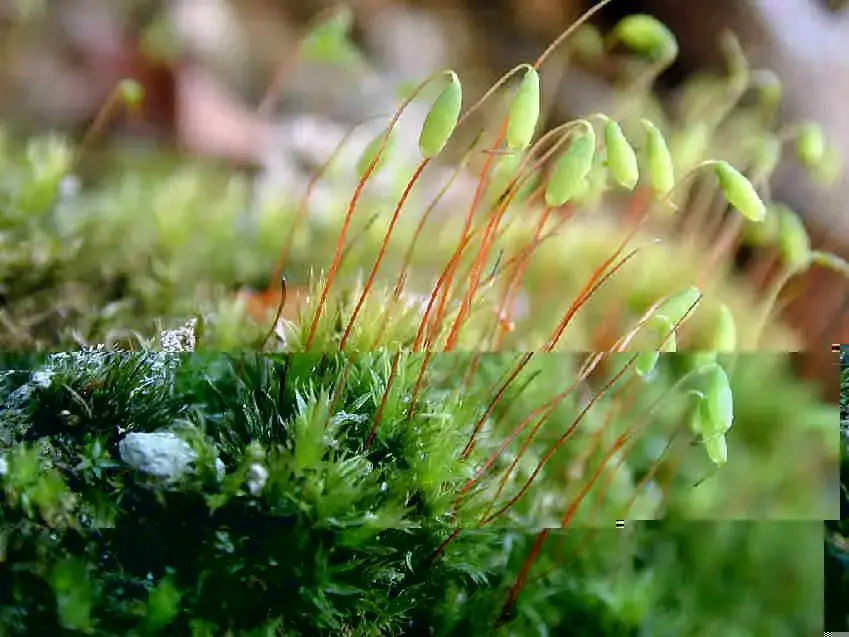
Pohlia_nutans_3.JPG from: https://cisfbr.org.uk/Bryo/Cornish_Bryophytes_Pohlia_nutans.html
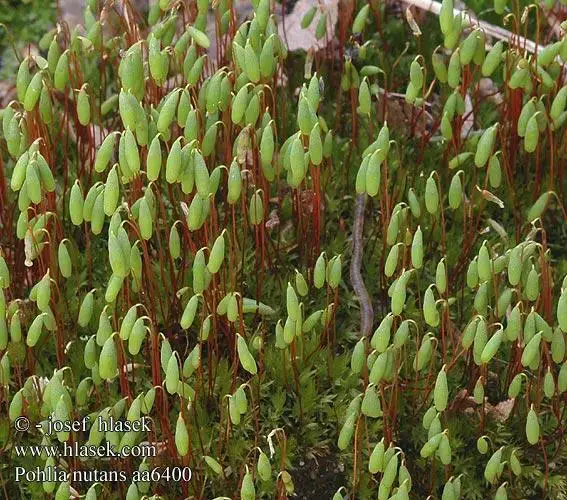
pohlia_nutans_aa6400.jpg from: https://www.hlasek.com/pohlia_nutans_aa6400.html
One of the remarkable adaptations of Pohlia nutans subsp. schimperi (Müll.Hal.) Nyholm is its ability to withstand desiccation. During dry periods, the moss can enter a state of dormancy, only to revive and resume growth when moisture becomes available again. This resilience allows it to thrive in environments where water availability is unpredictable.
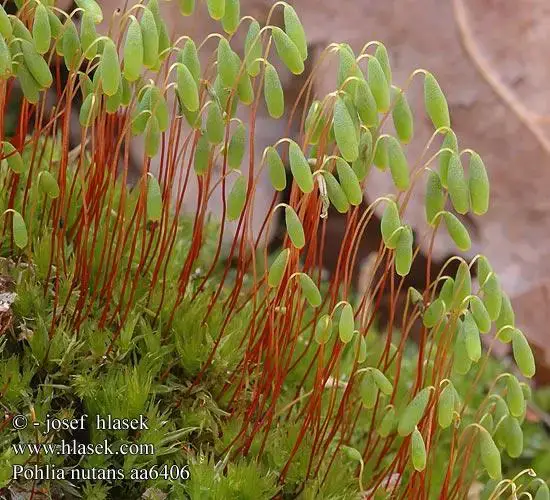
pohlia_nutans_aa6406.jpg from: https://hlasek.com/pohlia_nutans_aa6406.html
Case Studies/Examples
In a recent study conducted in a post-fire ecosystem, researchers observed the rapid colonization of Pohlia nutans subsp. schimperi (Müll.Hal.) Nyholm on the charred soil. Within a few months, the moss had formed dense mats, creating a suitable environment for other plant species to establish themselves, kickstarting the process of ecological recovery.
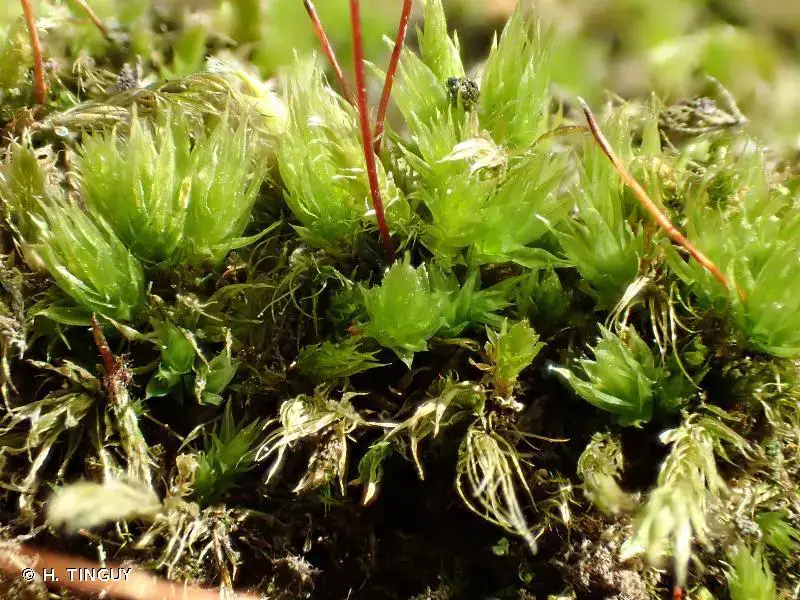
193777.jpg from: https://inpn.mnhn.fr/espece/cd_nom/4901/tab/fiche
Technical Table
| Characteristic | Description |
|---|---|
| Phylum | Bryophyta |
| Class | Bryopsida |
| Order | Bryales |
| Family | Mniaceae |
| Genus | Pohlia |
| Species | nutans subsp. schimperi (Müll.Hal.) Nyholm |
| Growth Form | Acrocarpous moss, forming dense tufts or cushions |
| Stem Height | Up to 5 cm |
| Leaf Shape | Narrowly lanceolate, with a midrib extending beyond the leaf apex |
| Capsule | Cylindrical, slightly curved, often with a reddish tinge |
Conclusion
The Pohlia nutans subsp. schimperi (Müll.Hal.) Nyholm moss, a member of the Mniaceae family, is a remarkable example of nature’s resilience and adaptability. Despite its unassuming appearance, this species plays a crucial role in ecological succession, soil stabilization, and providing microhabitats for various organisms. As we continue to explore and appreciate the diversity of bryophytes, the Pohlia nutans subsp. schimperi (Müll.Hal.) Nyholm serves as a reminder of the intricate web of life that surrounds us, even in the smallest and most overlooked corners of our planet.
Ponder this: How many other unsung heroes of the plant kingdom are waiting to be discovered and appreciated for their invaluable contributions to the ecosystems we call home?